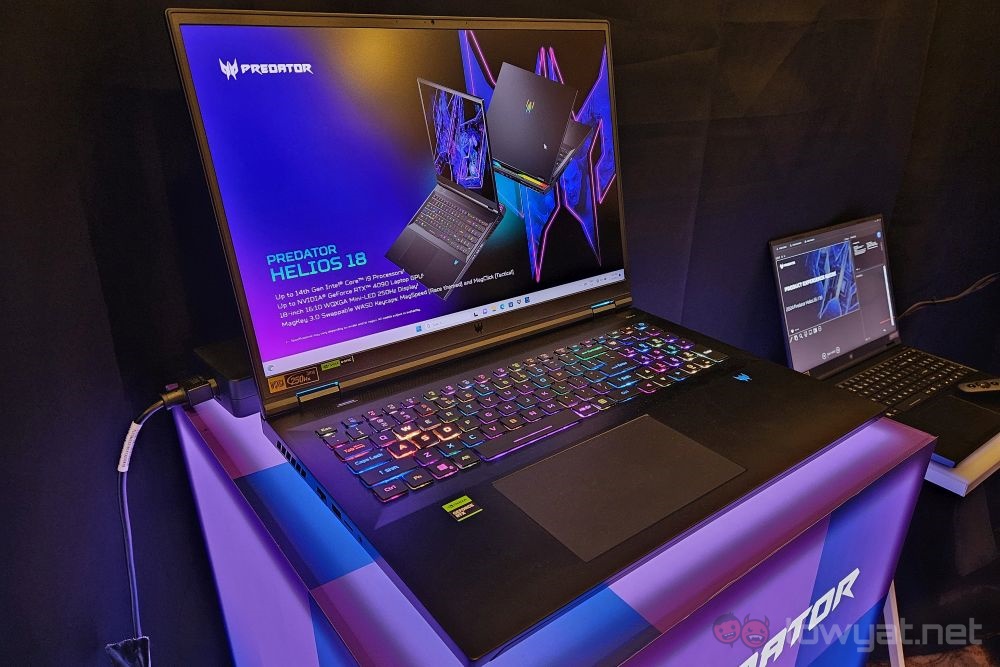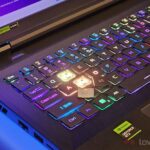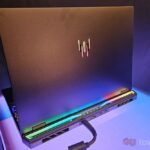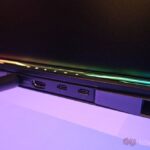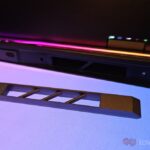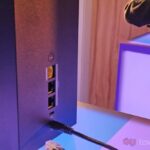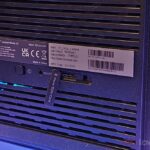Acer unveiled a range of products as part of its CES 2024 routine, including a fair number from the Predator gaming line. With the event now behind us, the company gave us an opportunity for a very short hands on time with some of them. This came as part of the 2024 Predator League, which has its finals taking place over the weekend.
To start things off, we have the Predator Helios 16 and 18 and a bit of a damper on its unique feature. While these gaming laptops were announced as featuring swappable keys, with the MagClick and MagSpeed options coming in the box, this may not be the case after all. Granted, in the demo area, the company did not have either of the aforementioned options available, but a brand representative says that only the keycaps are actually replaceable.
This means that the MagSpeed keys are a tad redundant besides for their visuals, as the keyboard of the Predator Helios 16 and 18 already have per-key RGB lighting. That being said, MagClick is supposed to be the clicky option mimicking their mechanical keyboard counterparts. If the switches themselves are not swappable, it’s unclear what is giving the keycaps such a feature. To be fair, not having those options available at the demo space meant that we couldn’t find out for ourselves, and we didn’t have too much time to fiddle with them at that. On a side note, the outer bits of the exhaust vents also have some degree of customisabilty as they are magnetically attached.
Next, there’s the Predator Connect X7 CPE, a sequel to the X5 first revealed back in 2021. It serves pretty much the same purpose as it did before, with a cosmetic change to look more aggressive, matching the aesthetic of the gaming sub-brand. Another incremental upgrade here is support for WiFi 7 and Multi-Link Operation (MLO), which lets the router communicate with the device with all of its available bands, rather than just one at a time. Naturally, for this tech to work, the client also needs to support WiFi7 and MLO.
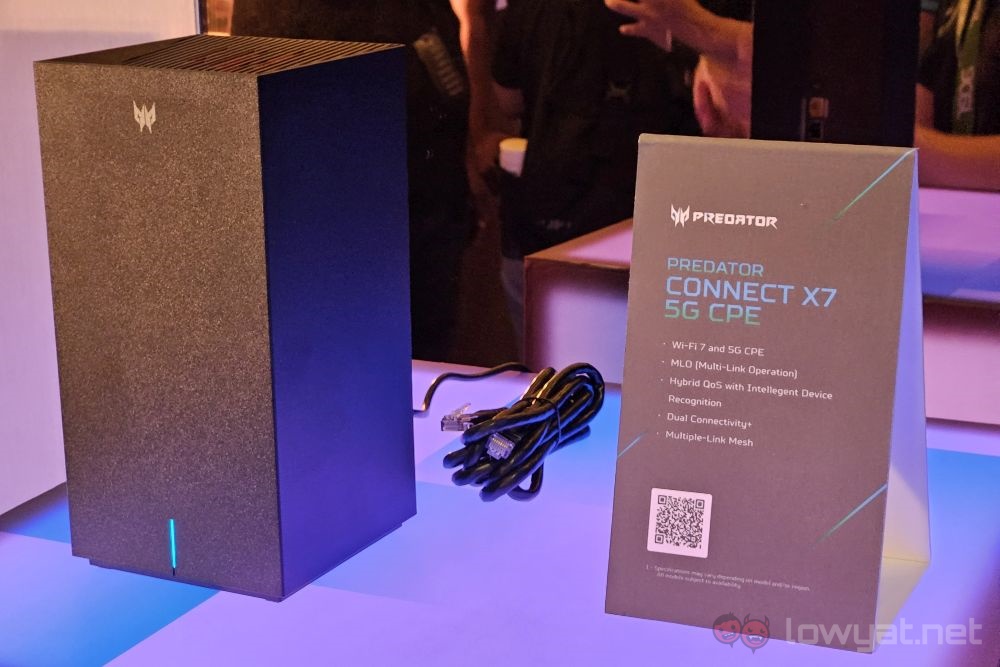
All that said, being a router is a secondary feature of the Predator Connect X7, much like its predecessor. It’s main shtick is acting as a 5G modem, and through this short hands-on session, we got a look at where the Nano SIM card goes. Not the biggest of deal, and especially not for a product that is a successor model, but it’s here for those who are wondering.
And finally, we took a quick look at the Acer Aspire 3D 15 SpatialLabs Edition laptop and the Predator SpatialLabs View 27 for, more than anything else, experience the implementation of 3D display for ourselves. It brings back a lot of memories of gaming on the Nintendo 3DS, but naturally with the larger screens and eye-tracking cameras further apart, the implementation is much better. It was noted while we were giving it a go that prior versions of the SpatialLabs products can be spoofed when the cameras detect more than a pair of eyes, and that these two products have fixed the issue.
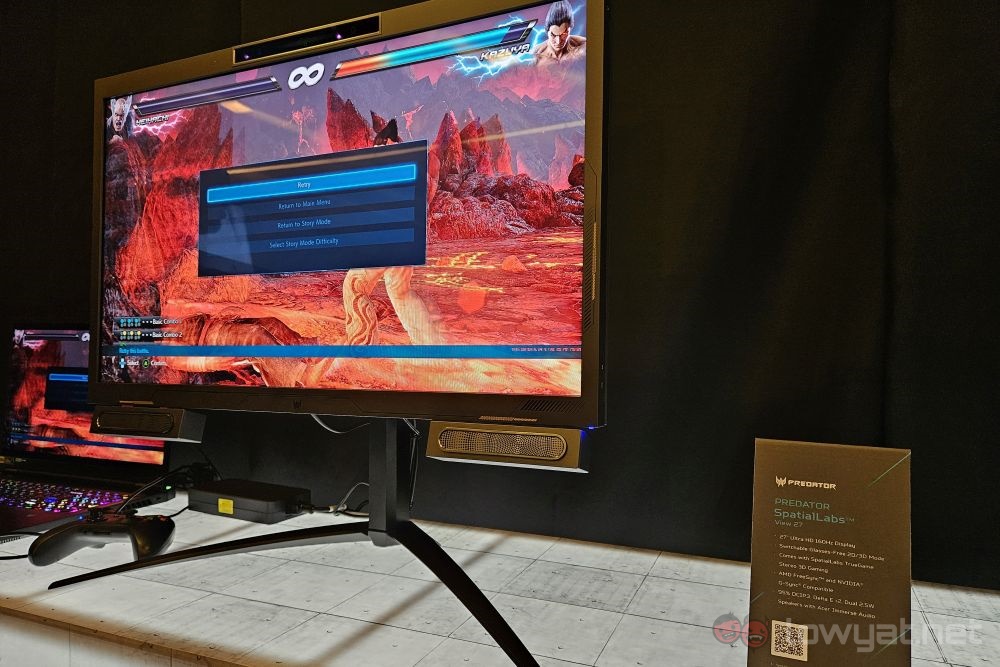
It’s probably worth reiterating that these SpatialLabs products and their 3D display are more for content creators and professionals than gamers. After all, whether or not a game supports the feature depends on the developers. And in the case of Tekken 7 which was used as part of the demo, this only works during matches. Which is fine during matches, but when you’re playing through its story mode, it’s pretty jarring to see the game switching to 2D for cutscenes. And with modern game design that has cutscenes and gameplay smoothly interwoven, this will be a pretty common experience unless devs also make a 3D version of said cutscenes.
Follow us on Instagram, Facebook, Twitter or Telegram for more updates and breaking news.


